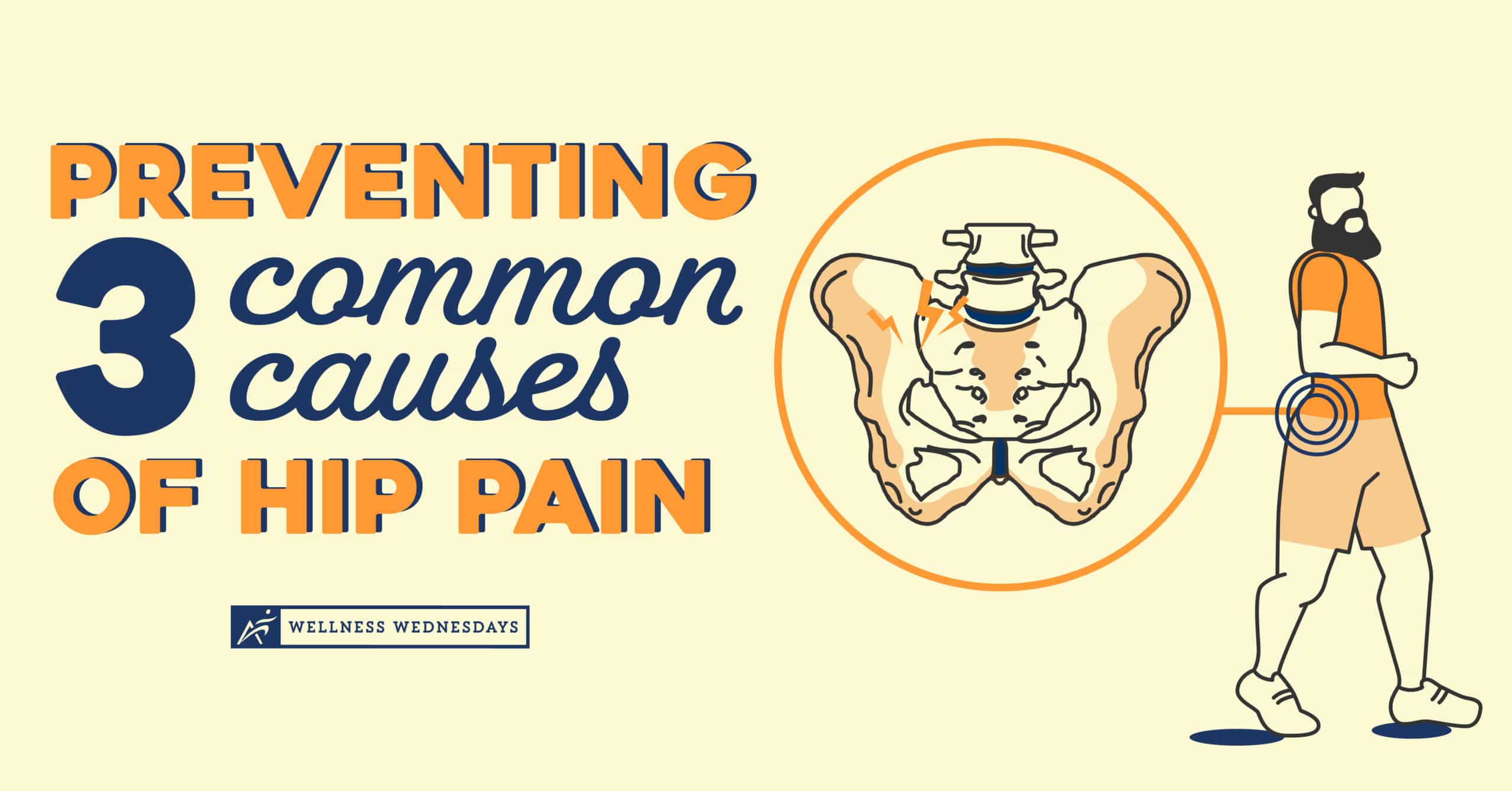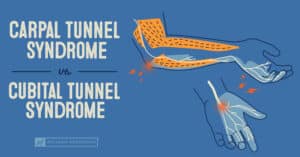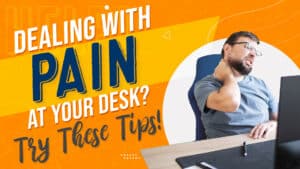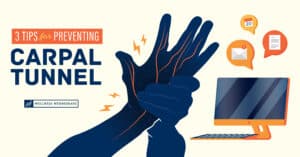The hips play a crucial role in our capacity for movement and suffering from hip pain can take a toll on your body’s ability to move freely. Hip pain can be caused by acute trauma, overuse, and even irritation stemming from other parts of the body. Continue reading for a closer look at three of the most common causes of hip pain and some helpful prevention techniques.
Hip Tendonitis/Tendinitis
Hip tendonitis is an injury that is often seen in athletes and very active individuals. This injury appears when any one of the multiple tendons in your hip become irritated from overuse, causing microtears to appear in the fibers. This irritation usually occurs gradually, causing inflammation and pain that is usually felt during and shortly after activity. While hip and back pain are the most common signs of tendonitis, the following symptoms may also point to this common condition.
- Reduced range of motion
- Tenderness in the affected area
- Stiffness in the surrounding muscles and joints
- Increased fatigue during physical activity
Hip Bursitis
The joints in a human body are equipped with fluid-filled sacs called bursae, which lubricate the internal structures of the hip, reducing friction and allowing the joints to move painlessly. Bursitis is a condition that develops when a bursa becomes inflamed due to overuse. This injury most often develops in major joints like the elbows, knees, or hips.
Bursitis can occur from either a traumatic injury to the affected area, like after a fall, or after repetitive, high-pressure movements, like running.
Some telltale signs of hip bursitis include:
- Tenderness and swelling of the affected area
- Pain outside the hip and traveling down to the thigh area
- Increased difficulty or stiffness when moving the joint
- Increased pain when pressure is added to the afflicted area
- Pain that is worse at night, when lying on the affected hip, and when getting up from a seated position
Referred Hip Pain
Because the body’s musculoskeletal system is so interconnected, hip pain can appear as a symptom of an injury sustained elsewhere in the body. What might feel like an injured hip may instead be a symptom of an injury to the back, knees, or Iliotibial (IT) band. This phenomenon is known as referred pain.
Referred pain is more difficult to pinpoint than a direct hip injury because the location of pain is perceived to be different from true source of dysfunction. Therefore, it’s important to discuss all your symptoms as well as your medical history with your healthcare provider to ensure an accurate diagnosis of your injury.
Hip Pain Prevention Tips
If hip pain is interfering with your day-to-day life and making it difficult to stay active, here are some ways to help avoid hip pain.
Keep Your Hips Cool
One way to relieve hip pain, especially after an injury, is to ice the afflicted area. Icing the hip can bring some relief and reduce swelling or inflammation. Remember to hold ice to the hip for 15-minute intervals, a few times a day.
Modify Your Workouts
Avoiding hip-intensive exercises can help reduce inflammation. Some yoga stretches and light resistance training exercises can improve joint mobility, while simultaneously reducing pain. Swimming is a great low-impact exercise, especially for those with arthritis, and it can help relieve the pressure from your joints.
Check Your Gait
The way you walk or run can have a sizeable impact on your hip health. Any abnormalities in your gait could lead to an increased risk of developing hip bursitis. Analyze your gait while running and watch for signs of over striding or scissoring. You may need to check with a professional to take corrective action in fixing your gait.
Use A Foam Roller
Sometimes overly tight and stiff muscles can cause hip pain. Getting rid of that tightness is easy with a foam roller. Foam rolling works to alleviate muscle tension and adhesions that can lead to strain or injury. If you’re new to foam rolling, check out our video below for a demonstration on how to roll your quads.
Strengthen Your Hips with Low-Impact Exercises
It’s important to maintain your hip strength and flexibility through hip-training exercises and stretches. Including low-impact activities, like yoga, into your fitness routine is a great way to improve hip flexibility. Two exercises that can help build hip strength and flexibility are the seated pelvic tilt and the hip abduction, as shown in the video below.
*Disclaimer: Always consult with your doctor before starting any exercise program. If you experience any numbness, tingling, or reproduction of your symptoms, please contact your doctor.
Don’t Let Hip Pain Slow You Down
Untreated hip pain can hinder your physical activity and may increase your risk of further injury. While the tips above can help reduce or prevent many common hip problems, professional help is often needed to target and resolve the true source of your injury.
If you feel your hip pain is holding you back, schedule an appointment today. Our Providers take the time needed to help find the root cause of your hip pain and address it at the source, so you can get back on track and enjoy life pain free.
To learn more about treatment with Airrosti, click here or give us a call at (800) 404-6050.
Read our Medical Disclaimer here.










